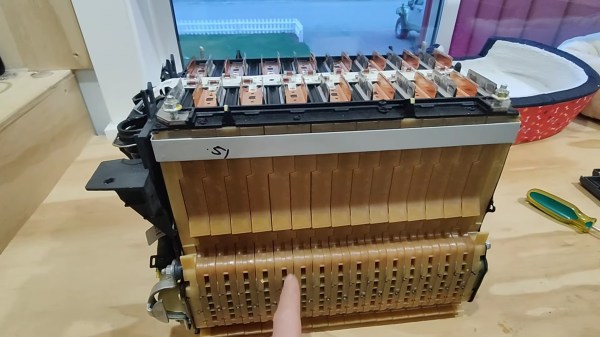Before Elliot Williams jumps on a train for Hackaday Europe, there was just enough time to meet up virtually with Tom Nardi to discuss their favorite hacks and stories from the previous week. This episode’s topics include the potential benefits of having a dual-gantry 3D printer, using microcontrollers to build bespoke note taking gadgets, the exciting world of rock tumbling, and the proper care and maintenance required to keep your World War II battleship in shape. They’ll also go over some old school keyboard technologies, DIP chip repairs, and documenting celestial events with your home solar array. By the end you’ll hear about the real-world challenges of putting artificial intelligence to work, and how you can safely put high-power lithium batteries to work in your projects without setting your house on fire.
Check out the links below if you want to follow along, and as always, tell us what you think about this episode in the comments!


















